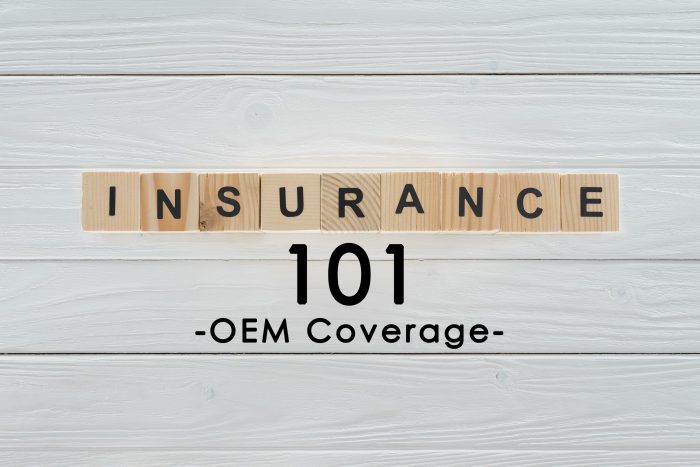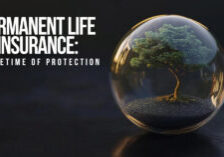
Insurance Term of the Day: OEM Coverage
Have you ever bought off-brand clothing, or a purse, or shoes? You wanted those name brand, high dollar kicks but instead, you settled for a similar pair, but half the price. After a few wears, you realize you got what you paid for when the material starts to wear easily, making the shoes look much older than they are. You’re disappointed, kicking yourself for not buying the higher quality pair of shoes. However, there’s someone else out there who loves shoes that look worn, and for a great price? One man’s trash is another man’s treasure.
If you invested a lot of money into an asset, like your vehicle, you probably want to properly maintain the vehicle to preserve its life. Others may be happy just to have a car, as long as it’s running, its appearance holds very little value.
There is coverage you could add onto your insurance policy that can help maintain the value and condition of your car. It’s called OEM (Original Equipment Manufacturer) coverage. With this coverage, your insurance company will pay for the replacement parts made from the original manufacturer. If you are ever in an accident and must repair your car, you will get the same parts designed specifically for your car, by the same company as your car. Without OEM coverage, your car would get aftermarket replacement parts. Aftermarket simply means that it was made by a company other than the one that manufactured your car.
If you’re super picky about the parts of your car, OEM coverage is for you. If not, aftermarket parts have their own benefits as well.
| Pros of OEM Coverage | Pros of Aftermarket Parts |
| Parts are the same brand as your car | The quality is just as good as OEM (sometimes better) |
| Often, parts will come with a warranty | Less expensive! |
| Helps to maintain the vehicle’s worth | More available |
Keep in mind that OEM coverage may not be available if your car is more than ten years old, as parts become more scarce the older the vehicle.









